Mad Love (1935)
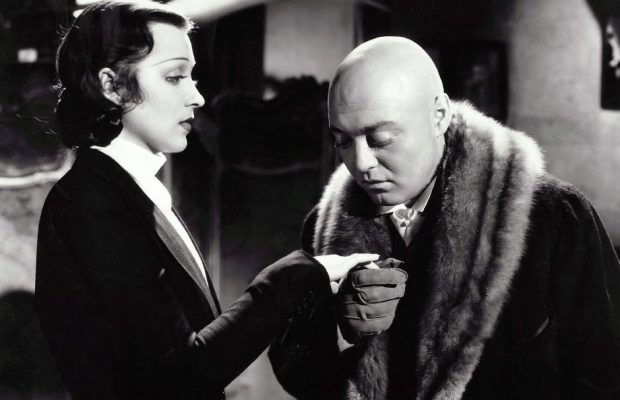
Toronto Film Society presented Mad Love (1935) on Monday, July 16, 2018 in a double bill with The Private Affairs of Bel Ami as part of the Season 71 Summer Series, Programme 2.
Production Company: Metro-Goldwyn-Mayer. Producer: John W. Considine, Jr. Director: Karl Freund. Script: John L. Balderston, Guy Endore, based on the 1920 novel by Maurice Renard, “Les Mains d’Orlac”. Cinematography: Chester A. Lyons, Gregg Toland. Film Editor: Hugh Wynn. Music: Dimitri Z. Tiomkin. Release Date: July 12, 1935.
Cast: Peter Lorre (Dr. Gogol), Frances Drake (Yvonne Orlac), Colin Clive (Stephen Orlac), Ted Healy (Reagan, an American reporter), Sarah Haden (Marie, Yvonne’s maid), Edward Brophy (Rollo, the knife thrower), Henry Kolker (Prefect Rosset), Keye Luke (Dr. Wong), May Beatty (Françoise, Gogol’s drunken housekeeper).
Les Mains D’Orlac was written and published in 1920 by French author Maurice Renard, and originally filmed in 1924 in Germany starring Conrad Veidt. Mad Love was released a year after American film studios were forced to implement the Production Code. What was Joseph Breen’s influence and how did the Hay’s Code affect the making of the film? Breen found the basic story acceptable under the Code but in three pages of notes, added a number of “cautions”.
First was a train wreck that formed the story’s first major turning point. Breen warned that the detail of the railroad crash should be merely suggested and “handled to get away from any suggestive horror.” In particular was a scene inside the train showing “the injured, the dead and the dying lying about.” Also of concern was the “laboratory business” in which the knife murderer’s head is strapped back onto his body. Breen warned that the scene would have to be handled with extreme care to prevent its becoming too gruesome, too shocking and too horrifying. This is one of the scenes that MGM ended up cutting from its prints after the film’s preview. And finally, Breen warned the studio to be careful in the final scene “with the shot showing a knife embedded between shoulder blades”, adding, that if filmed, it “should not be too shocking or horrifying.” These scenes, from the Production Code’s perspective, were relatively straight forward, invoking, as they did, the Code’s provision for “extreme brutality” and, by now, gruesomeness. However, Mad Love’s sexual suggestion was trickier, and therefore, from Breen’s point of view, more of a concern, and something to be nipped in the bud.
When screenplay writer John L. Balderston came to revise the opening scene, he clearly realized that the scene of torture in the Grand Guignol Theatre des Horreurs was equally risqué in terms of censorship. In the screenplay he added a disclaimer that appeared to be a note for Karl Freund, the director, but was really there for the benefit of the Breen administration. It said, “Little playlet that follows should not be played for gruesome or horrible values. Our audience should not be horrified but should be included to laugh at the Paris audience for taking all this serious.” Thus, by pointing out the satirical nature of the scene, Balderston was able to deflect attention away from its underlying sexual-sadism. However, just to be sure, Balderston himself sent an inter-office memo to Breen about the scene in question, assuring him that “the little horror playlet…will be played for burlesque, not horror, as is indicated by the climax, and direction will be careful to avoid making the scene on the stage seem real or showing anything offensive.” The ploy seemed to work.
Previewed at the end of June, praised as a “personal triumph for Peter Lorre” but considered too long at 82 minutes, MGM appeared to take the reviewers’ advice, removing 15 minutes in total from the film. Along with the mentioned train crash scene above, next to go was the “laboratory business” that Breen had flagged as a concern during script review. The picture previewed had been without a Production Code seal, and it is possible that MGM ordered this particular scene removed so as not to incur the wrath of the censor boards and to secure the PCA certificate. The rest of the cuts were made to speed up the film’s pace.
It is Interesting and somewhat perplexing to note, that never in his correspondence with Mayer does Breen voice his concern about “the current accumulation of horror in motion pictures” as he did with other horror films, mostly made at Universal, such as The Raven which he claimed “exploited cruelty for cruelty’s sake.” In fact, in writing to Mayer about Mad Love, he opened his letter by saying that he read the screenplay “with considerable pleasure.”
Sourced from The Turn to Gruesomeness in American Horror Films, 1931-1936 by Jon Towlson (2016)
Introduction by Caren Feldman
Plot: Grand Guignol actress Yvonne Orlac (Frances Drake) is married to concert pianist Stephen (Colin Clive), and plans to take a break from acting to tour with him. However, Dr. Gogol (Peter Lorre), her biggest fan, won’t let her go so easily. When Stephen’s hands are destroyed in a railway accident, Dr. Gogol’s obsession with Yvonne leads him to replace his hands with those of Rollo, a recently executed knife thrower and murderer; but Stephen cannot play the piano with his new hands and instead uses them to throw knives.
Production and Reception: Director (Karl Freund) and star (Peter Lorre) had both made their reputations in German films before moving to America with the rise of Hitler in the early 1930s. Both contributed to the script and dialogue of the film and Freund insisted on having Gregg Toland as cinematographer for at least some of the scenes. MGM wanted to call the film The Hands of Orlac and it was released under that title in Britain. Major critical praise in both countries came for Peter Lorre’s performance. (Charlie Chaplin called him “the greatest living actor”.) However, praise for the film itself was more lukewarm. The New York Times called it “not much more than a super Karloff melodrama, an interesting but pretty trivial adventure in Grand Guignol horror”. Time called it “completely horrible”. It performed poorly at the box office in the United States, though it did better abroad. Critic Pauline Kael disliked the film but claimed that it had had an influence on Citizen Kane. Director/critic Peter Bogdanovich thought it “one of the worst movies I’ve ever seen”, but more recent assessments have been much more favourable. The film was remade as a French/British co-production in 1960 and was itself preceded by the 1924 Austrian silent film The Hands of Orlac, directed by Robert Wiene (of The Cabinet of Dr. Caligari fame) and starring Conrad Veidt.
Karl Freund (1890-1969): Born to Jewish parents in Bohemia, his family moved to Berlin, where he began to work in film in 1905; first as a newsreel cameraman and then as a cinematographer on several of the most famous of the German Expressionist works of the 1920s, such as The Golem (1920); The Last Laugh (1924)—for which he introduced the “unchained camera” that freed it from the tripod and allowed it to move about the set—and Metropolis (1927), among others. He also directed several films, both in Germany and when he moved to the US in 1929, specialising in horror films such as The Mummy (1932) and tonight’s Mad Love, his last film as Director. He continued, however, to work as a cameraman both for cinema and television, where he made important innovations in lighting and camerawork.
Peter Lorre (1904-1964): Born László Löwenstein in what was then Austro-Hungary, he began his stage career in Vienna before moving to Berlin and working with playwright Bertolt Brecht and then finding international fame as a child murderer in Fritz Lang’s M in 1931—a role which Lang called among the most distinguished in film history. He left Germany when Hitler came to power and moved first to Britain—where he appeared in Alfred Hitchcock’s The Man Who Knew Too Much (1934)—and then to America, where he worked mostly in B-pictures before signing for Warner Brothers and getting wider recognition for appearing in The Maltese Falcon, Casablanca, Arsenic and Old Lace, and nine films with Sydney Greenstreet. He continued a friendship with Bertolt Brecht, who had also moved to the US, leading to the termination of his Warners contract on political grounds during the McCarthy period. He returned to work in Germany in the early 1950s and then came back to America to work both in film and television. His later career was less distinguished, though it included several films for Roger Corman.
Frances Drake (1908-2000): Born in New York, she began as a nightclub dancer in London and made her screen début in 1933 before moving to Hollywood in 1934. There she appeared “in small roles in big films and big roles in small films”, including opposite Cary Grant in Ladies Should Listen (1934) and then her best-known film, Mad Love, in 1935. Other films included the 1935 version of Les Misérables, Forsaking All Others (1935), and The Invisible Ray (1936) with mad scientist Boris Karloff. She retired in 1939, after marrying a British aristocrat “who hated the movie business”, and remarried after his death without resuming a film career.
Colin Clive (1900-1937): Born in France in 1900, he was best known for his portrayals of Dr. Henry Frankenstein in Frankenstein (1931) and Bride of Frankenstein (1935). He began as a stage actor in London and New York and made 18 films before his early death, including Journey’s End (1930), Christopher Strong (1932), and History is Made at Night (1937).
Gregg Toland (1904-1948): One of the finest and most respected of American directors of photography, he is best known for his use of deep focus photography in Citizen Kane, but was also highly regarded by many other Hollywood directors, such as William Wyler, John Ford, Erich von Stroheim, Howard Hawks, and King Vidor, among others.
Dimitri Tiomkin (1894-1979): A classically trained composer and pianist who was born in pre-revolutionary Russia and moved with his wife to Hollywood to work on MGM musicals. After breaking his arm and thus ending his career as a pianist, he concentrated on composing music for the cinema, and got his first break for Frank Capra on Lost Horizon in 1937, followed by more work for Capra in the 1940s. His score for High Noon, with its quickly famous theme song, was credited with “saving the movie” and turning it into a huge popular success. Later work included several Westerns—Duel in the Sun, Gunfight at the O.K. Corral, and Rio Bravo—as well as Giant, Friendly Persuasion, The Fall of the Roman Empire, and Alfred Hitchcock’s Shadow of a Doubt, Strangers on a Train, I Confess, and Dial M for Murder.
Notes by Graham Petrie

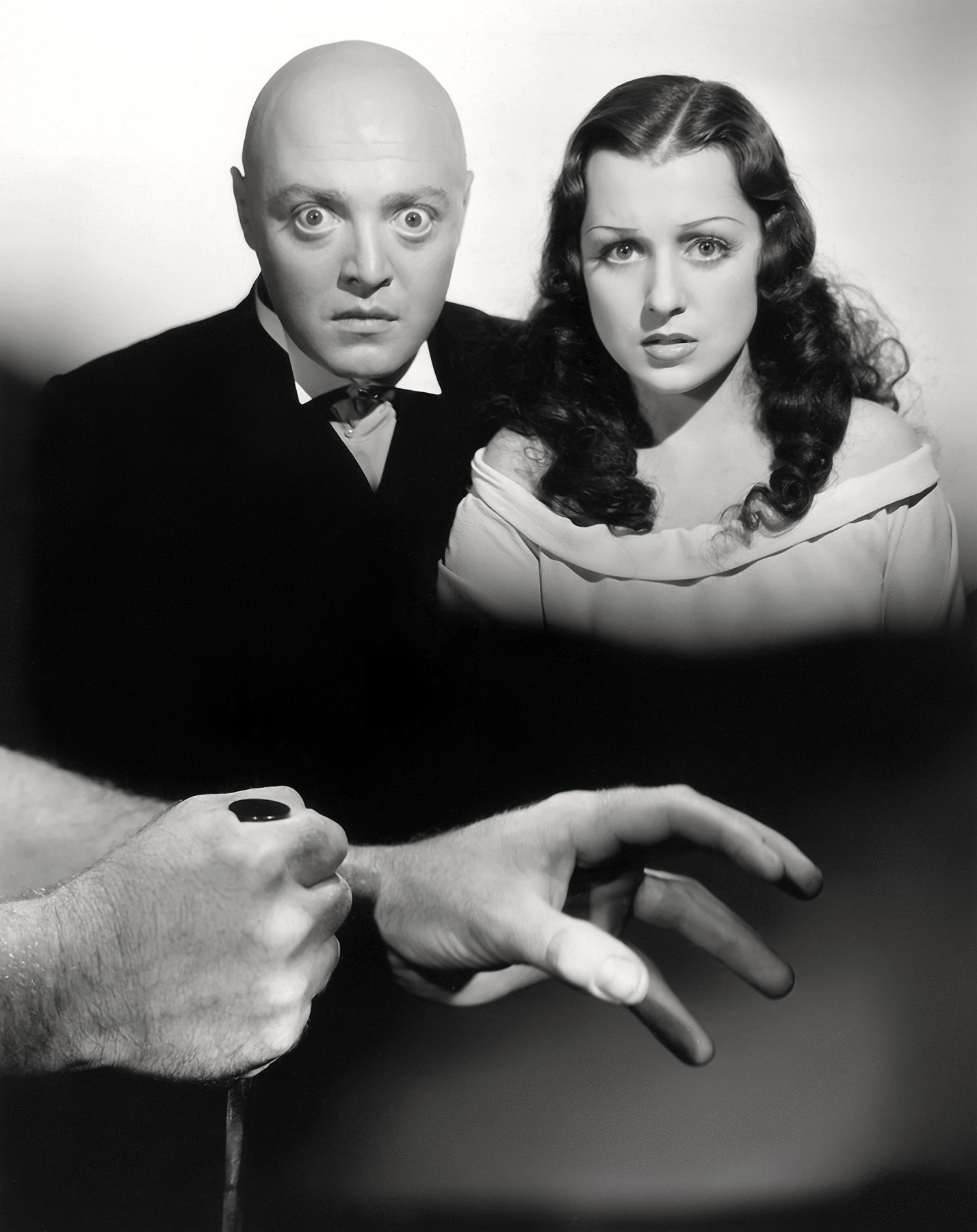
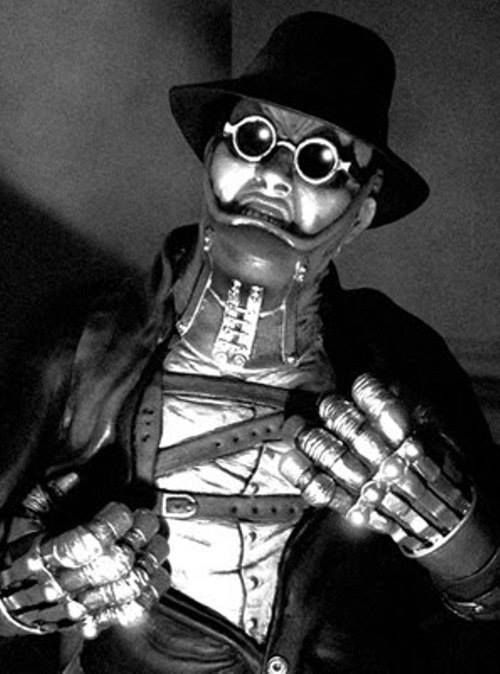

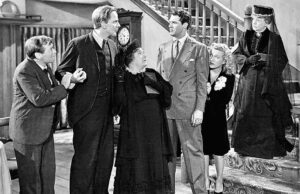
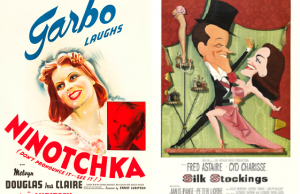






Leave a Reply